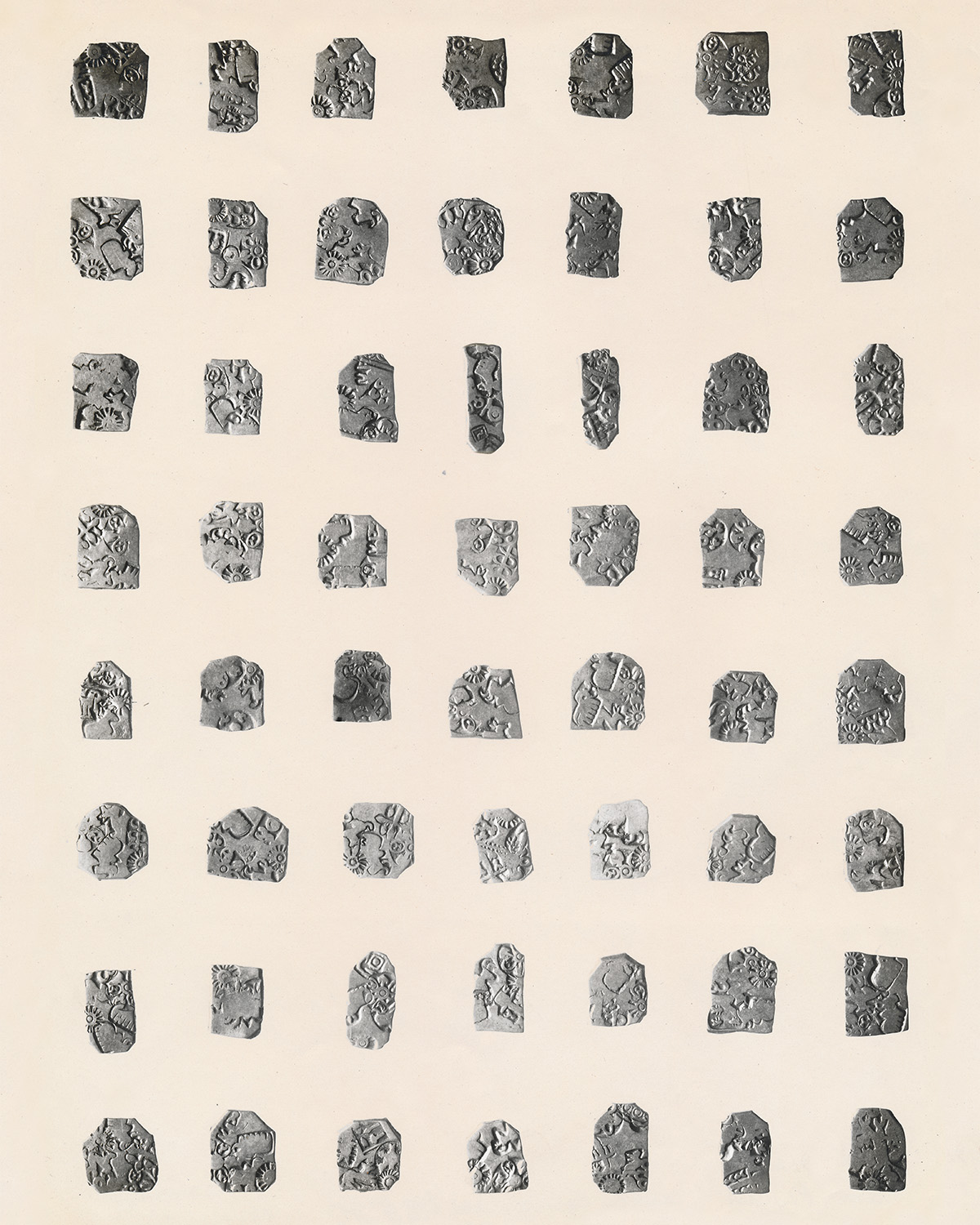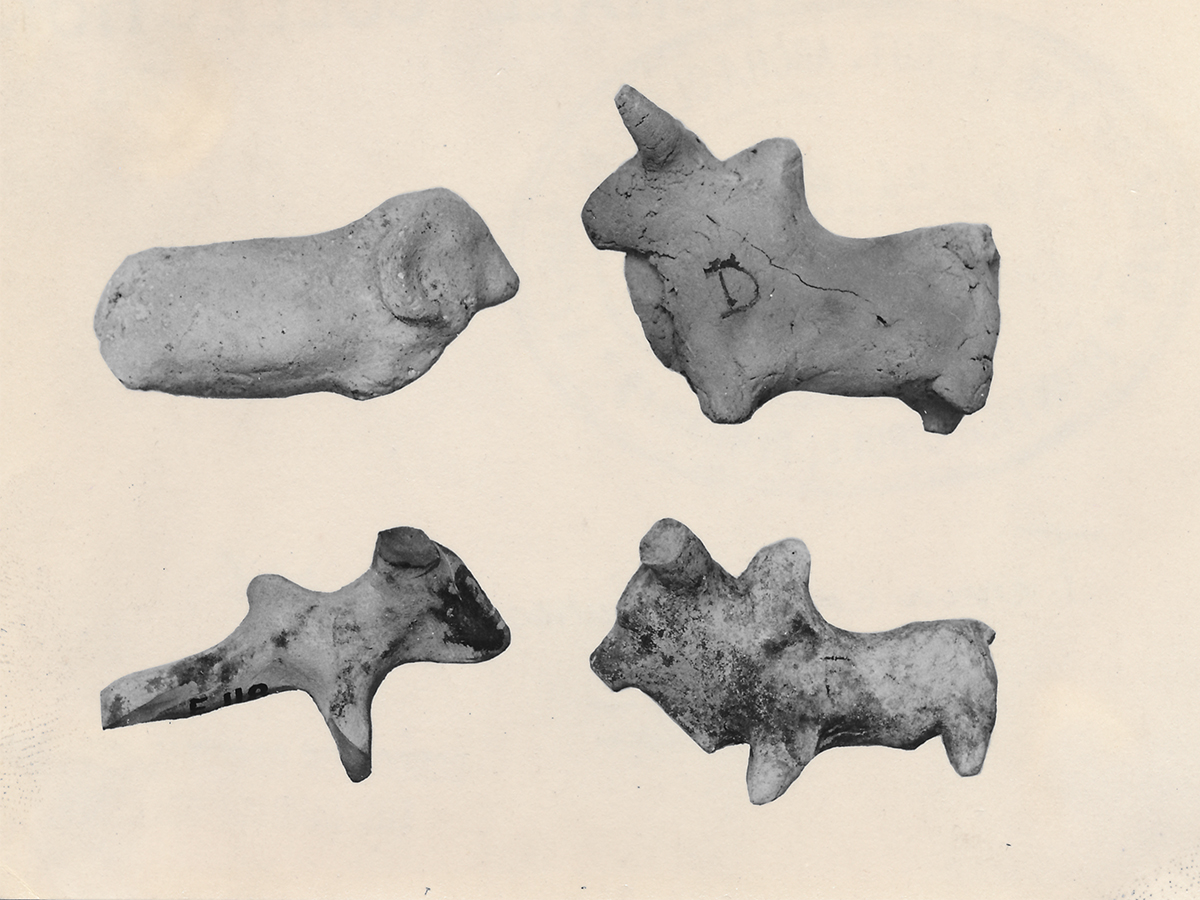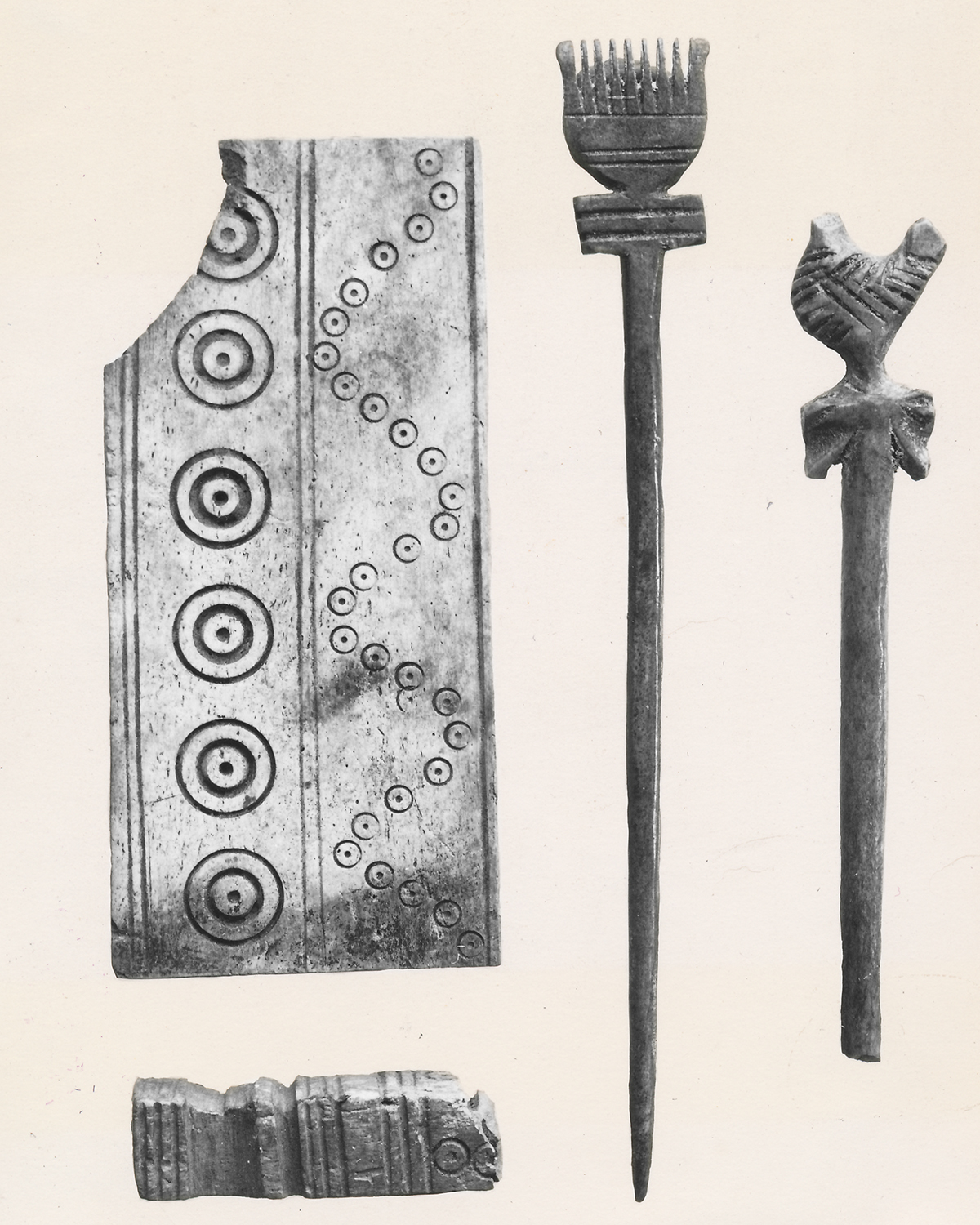ARTICLE
John Marshall
Although Marshall’s term was scheduled to expire in five years, he successfully lobbied to have it extended until retirement for the efficiency and stability of the ASI, during which period he introduced a methodical programme of cataloguing and conservation of monuments, created scholarship and training programmes and expanded the provision of museums across the country. He also contributed to the establishment of the Ancient Monuments Preservation Act, 1904, and lobbied to turn the ASI, which was initially sanctioned for a five-year period from 1899, into a permanent body from 1906 onwards.
Marshall also contributed to the DGA’s collection of images of Indian monuments by prioritising the acquisition of photographs from museums and private holdings. These photographs were reprinted and used for a variety of services; photographs of Indian monuments were sent to schools and universities across the world and sold to independent scholars who studied the images or used them to illustrate their publications. The images were also used for restoration projects, such as that of the Taj Mahal gardens as well as the Hayat Baksh Bagh in the Red Fort, Delhi. The collection was previously housed at the Indian Museum, Calcutta (now Kolkata) but was later relocated to ASI’s Shimla office out of concern that the humidity in the city might damage the negatives. The photographs are presently housed at the Alkazi Collection, New Delhi, as well as at Cambridge University and Durham University.
Marshall was the subject of controversy in 1924 when he denied Indian newspapers access to photographs of the Indus Valley excavations, instead publishing them in The Illustrated London News. This criticism was compounded by the fact that many Indians considered the Indus Valley sites to be evidence of a much older history of the subcontinent and therefore, it would have been fitting to publish the photographs of the sites in the same region. This also resulted in the Council of State undertaking a legislative inquiry of the issue in 1925.
After his retirement, Marshall wrote several books about his work and experiences in India, most notably Mohenjo-Daro and the Indus Civilization (1931), The Monuments of Sanchi (1939) and A Guide to Taxila (1960). He received several honours and awards over the course of his career, including honorary doctorates from the University of Cambridge and University of Calcutta in 1913 and 1922, respectively. He was also appointed Companion of the Order of the Indian Empire (CIE) in 1910 and knighted in 1914.
Marshall retired from the post of DGA in 1928, but continued working with the ASI as a special officer till 1934, when he returned to England. He died in Guildford in 1958.
Bibliography
Our website is currently undergoing maintenance and re-design, due to which we have had to take down some of our bibliographies. While these will be re-published shortly, you can request references for specific articles by writing to hellomapacademy@map-india.org.









